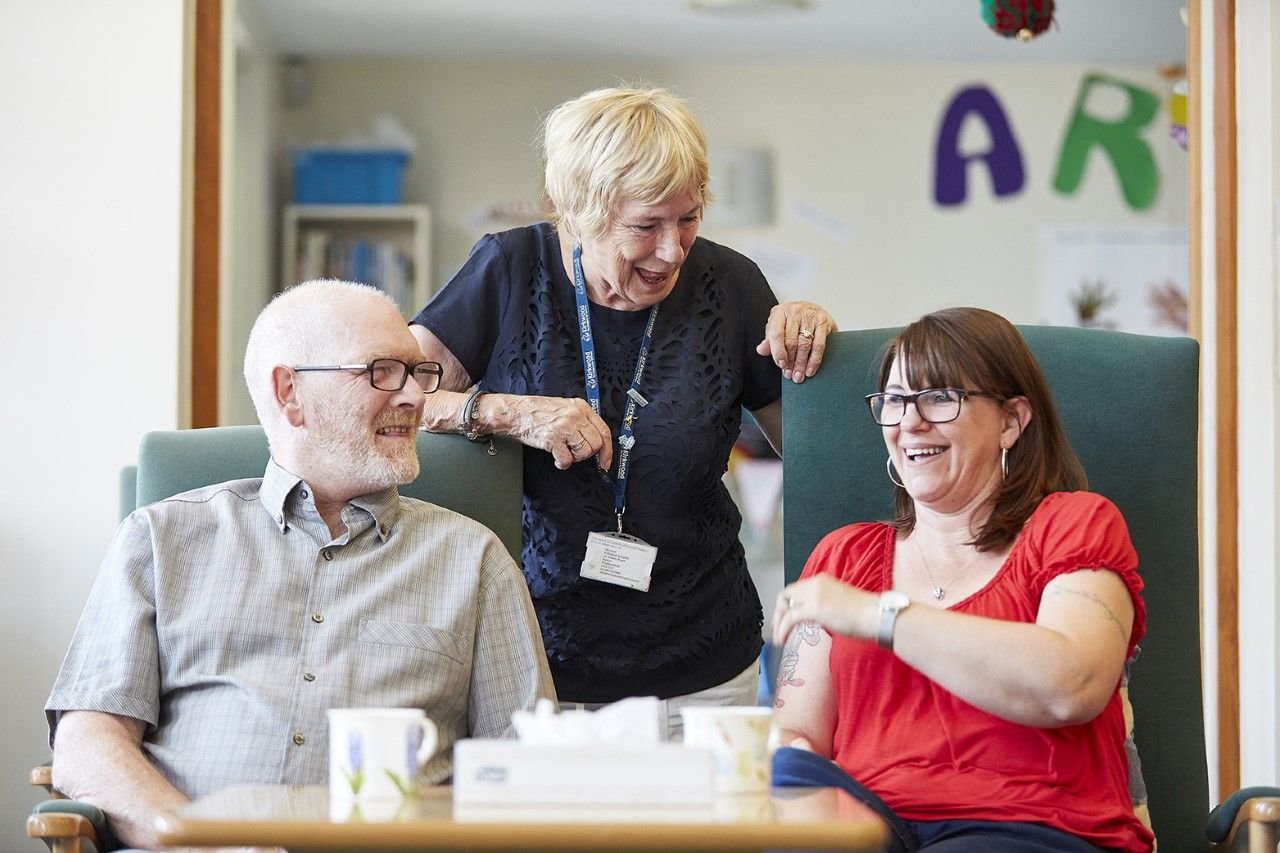 Hello.
Hello.
One of the things that our Hospice Collaborative is keen to do is to myth bust! The word hospice is laden with meaning for so many people, yet those who experience hospice services very often think of it in an entirely different way.
“When we discovered that the hospice could help us and help me to fulfil Drew’s last wish it was such a positive moment in a really difficult time.”
"My favourite memory is us four all in the hydrotherapy pool together – we had the disco lights on, loud music playing, we were singing songs and Chloe’s feet weren’t turning blue because the water was the right temperature for her. If it wasn’t for the hospice, we wouldn’t get that time together having fun, her brother Tom loves swimming, but we can’t go to a public pool with Chloe."
And our hospices provide holistic care – physical, psychological, social, and spiritual, providing care in culturally appropriate ways, observing key rituals and traditions so important to individuals and families.
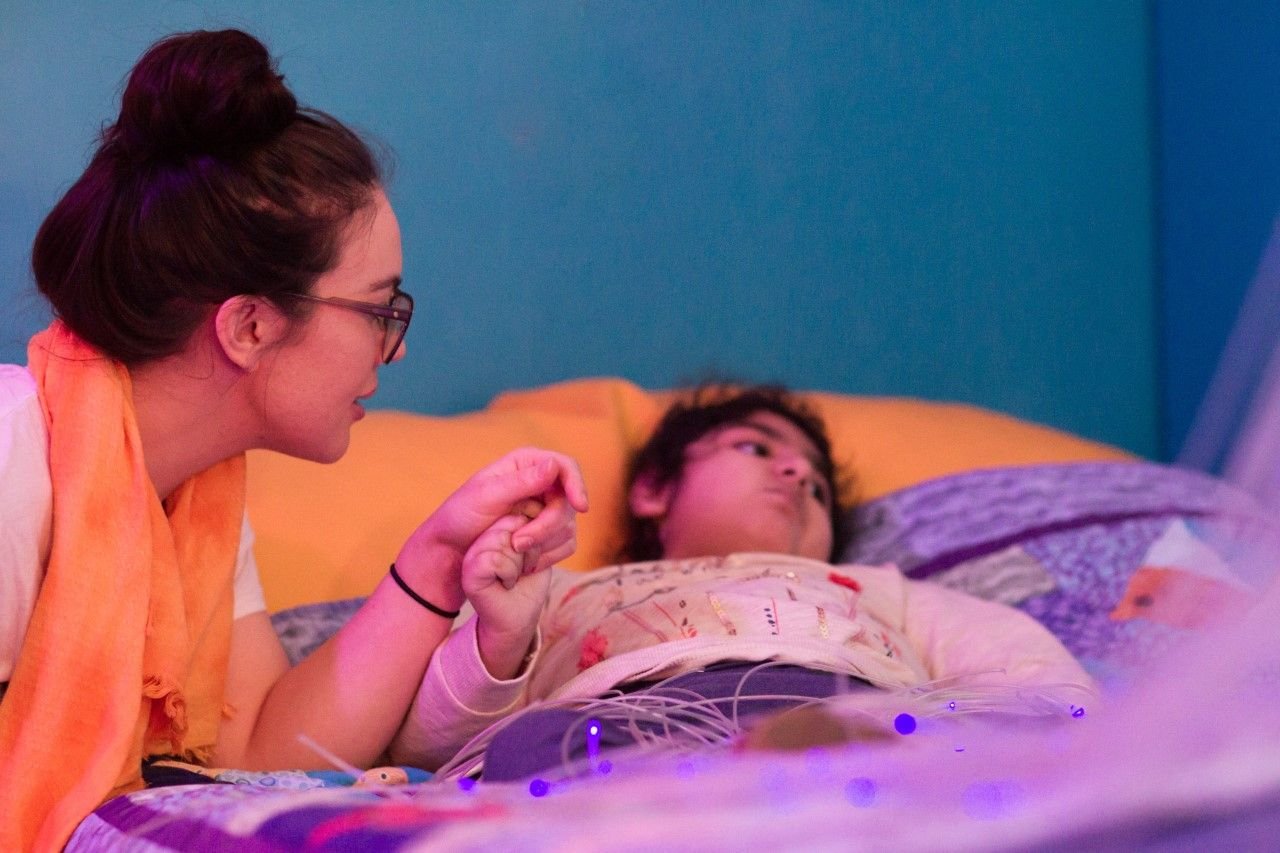 Drawing on the words of the founder of the modern hospice movement, Dame Cicely Saunders, the Hospice Collaborative believes that “You matter because you are you, and you matter to the end of your life. We will do all we can not only to help you die peacefully, but also to live until you die.”
Drawing on the words of the founder of the modern hospice movement, Dame Cicely Saunders, the Hospice Collaborative believes that “You matter because you are you, and you matter to the end of your life. We will do all we can not only to help you die peacefully, but also to live until you die.”
Palliative and end of life care can be resource intensive, the need for care is growing, people’s expectations about what good end of life care looks like are changing and there are issues around equality of access which are sometimes driven by demographics and perception barriers.
Some key statistics about palliative and end of life care:
- 20% of money spent by the NHS is spent in the last year of someone’ s life
- More than 50% of complaints to the health ombudsman are in relation to end of life care, and over half of those are upheld. (Dying without dignity: Investigations by the Parliamentary and Health Service Ombudsman into complaints about end of life care. Parliamentary and Health Service Ombudsman May 2015)
- By 2040 there is likely to be a 42% increase in demand for palliative care (Mark Britnell, KPMG Transforming Hospice Care, April 2021)
- The number of children with a Life-Limiting Condition has grown by 262% from 2001 to 2017. This is estimated to grow by another 33% by 2030. (‘Make Every Child Count’ - Estimating current and future prevalence of children and young people with life-limiting conditions in the United Kingdom Professor Lorna K Fraser, Deborah Gibson-Smith, Stuart Jarvis, Paul Norman, Roger Parslow, April 2020)
- Despite spending more time in hospitals, people in the most deprived parts of the country are getting £400 less healthcare investment per person in their last year of life. (The state of end of life care, IPPR, April 2021)
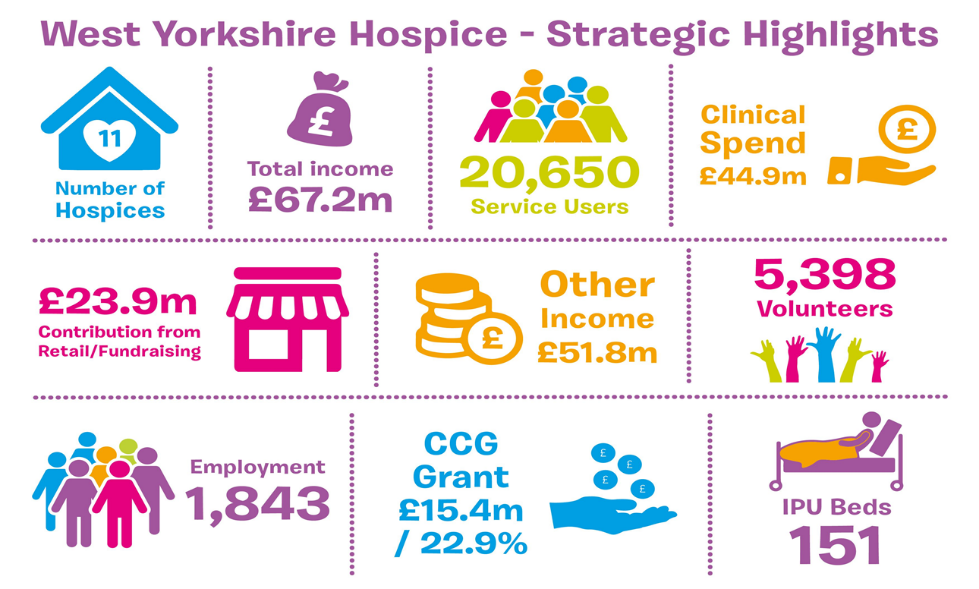
West Yorkshire and Harrogate hospices contribute a considerable level of resource, expertise, and value to the system, operating across the ICS footprint. Most of the hospice funding comes from the generosity of local communities, who also provide an army of volunteers to the hospice sector. Our Partnership hospices employ over 1,800 staff and between them support over 20,000 patients, carers and young carers every year.
The hospice funding model also presents risks. During the last year, with shops closed and much fundraising very difficult to deliver, hospices depended on money from central government to ensure the delivery of services to our communities.
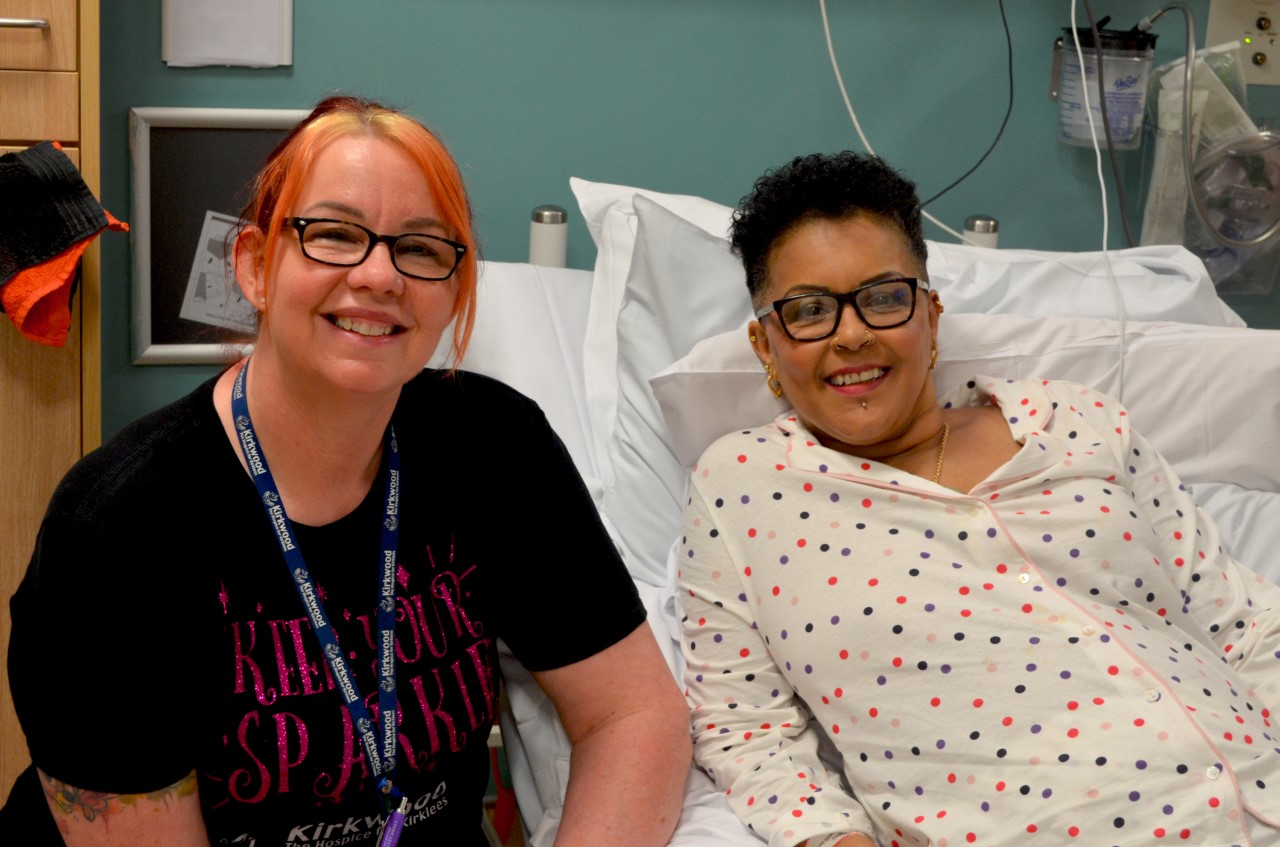 Making best use of what is available to the system through the hospices is clearly important. The hospices’ independence is part of their strength in that it allows them to be innovative and responsive to need, they are very rooted in the communities they serve and during the Covid-19 pandemic they have really evidenced how flexible and agile they can be in supporting individuals, families and the wider system. During the pandemic we understood so much more about the contribution they make and added value they bring as key partners within the system delivering significant outcomes.
Making best use of what is available to the system through the hospices is clearly important. The hospices’ independence is part of their strength in that it allows them to be innovative and responsive to need, they are very rooted in the communities they serve and during the Covid-19 pandemic they have really evidenced how flexible and agile they can be in supporting individuals, families and the wider system. During the pandemic we understood so much more about the contribution they make and added value they bring as key partners within the system delivering significant outcomes.
Some of the key outcomes’ hospices deliver include:
- Preventing admissions: Through providing hospice care both in people’s homes and in hospice inpatient units, emergency attendances at A&E and emergency hospital admissions are often avoided.
- Quality of care: Hospices provide high quality patient and family centered, holistic care. Patient and family feedback are usually excellent, and the number of complaints received is very low.
- Diverting people from other services: Through the wrap around support provided, specifically at the end of life and after death to families, hospices divert people from using other primary and community care services. In the 12 months prior to the pandemic this included around 5,500 patients using a wide range of bereavement support and family support services – people who may otherwise have sought to access stretched mental health and GP services.
 Our West Yorkshire and Harrogate hospices are interested to hear from you. Hospices need volunteers, supporters, trustees, staff, resources, access to training and engagement with services. Please reach out if you can.
Our West Yorkshire and Harrogate hospices are interested to hear from you. Hospices need volunteers, supporters, trustees, staff, resources, access to training and engagement with services. Please reach out if you can.
More information about our hospices can be found here
Let’s leave the last word to those who use services…
“Grandma is now pain free 90% of the time, and with the hospice’s help, we have been able to get Grandma back to living the active life she loves."
"After the worst happened and we lost our baby, it was absolutely amazing to have the chance to spend precious time with Aziah, to read to him, to show him off to our family. It was all we wanted to do."


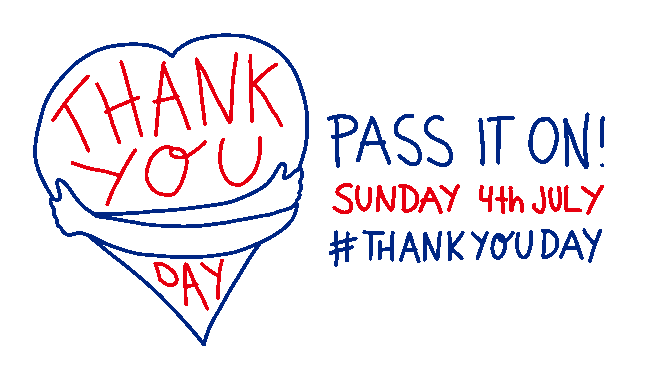 The big thank you
The big thank you The Affinity Care (South) Primary Care Network has enhanced care for patients receiving home visits from their GP practice through the use of a digital telehealth solution called TytoCare.
The Affinity Care (South) Primary Care Network has enhanced care for patients receiving home visits from their GP practice through the use of a digital telehealth solution called TytoCare. Economic recovery and healthcare innovation are set to accelerate and grow further as Leeds Academic Health Partnership welcomes new regional members this month.
Economic recovery and healthcare innovation are set to accelerate and grow further as Leeds Academic Health Partnership welcomes new regional members this month.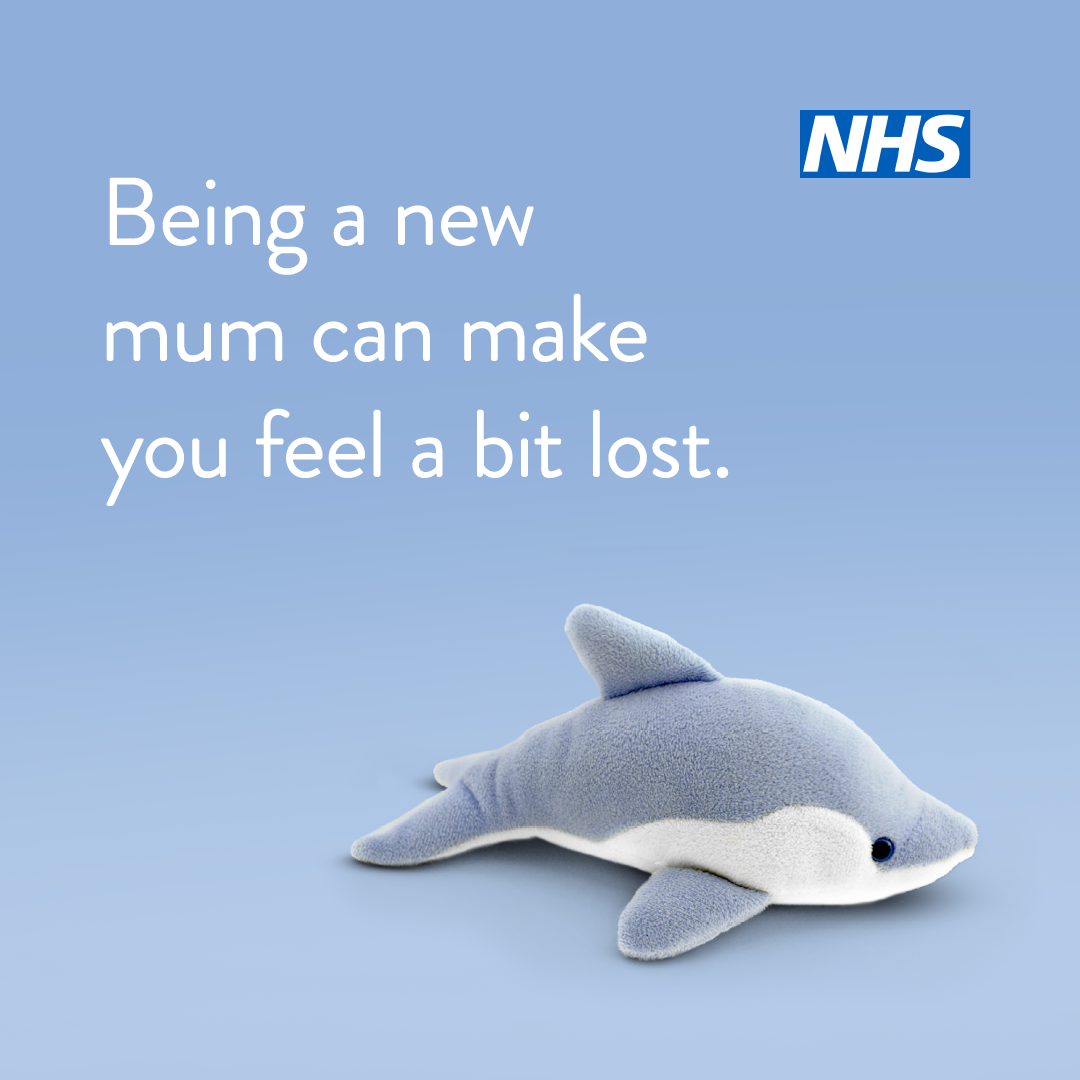 Next week (12 July) we are launching a campaign to raise awareness of specialist perinatal mental health services across the area with a particular focus on ethnic minority communities and poorer areas across West Yorkshire and Harrogate. The campaign has been requested by the Partnership’s perinatal mental steering group and will run for three months.
Next week (12 July) we are launching a campaign to raise awareness of specialist perinatal mental health services across the area with a particular focus on ethnic minority communities and poorer areas across West Yorkshire and Harrogate. The campaign has been requested by the Partnership’s perinatal mental steering group and will run for three months.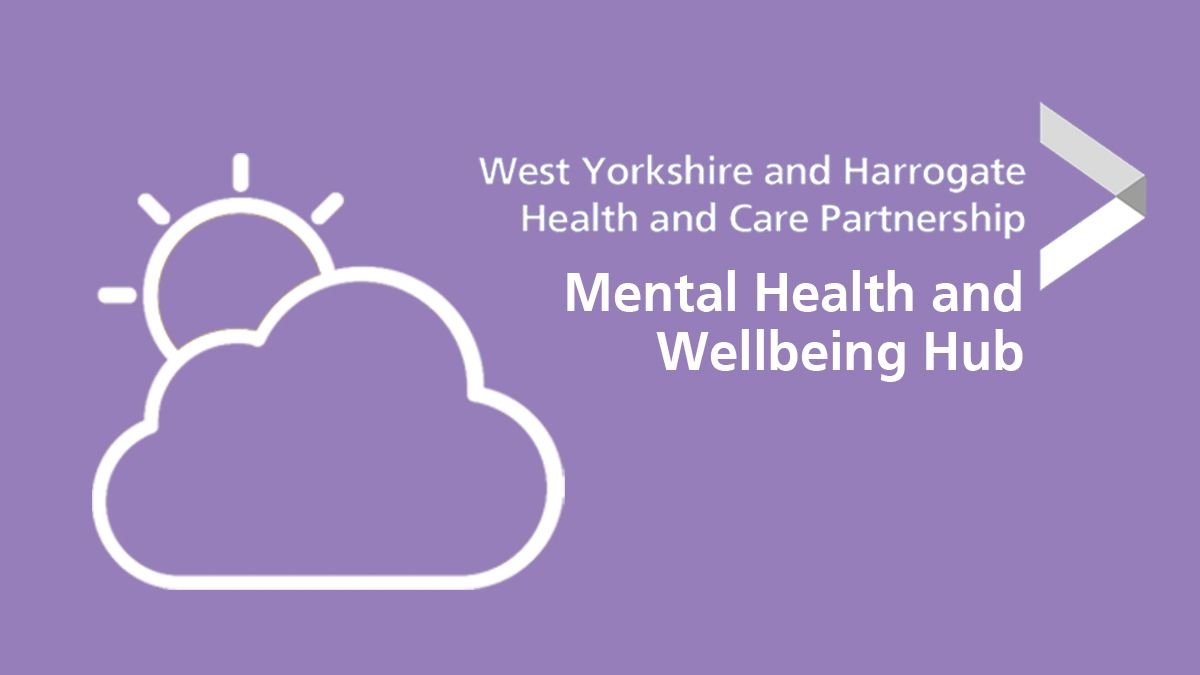 Find out more drop-in sessions: "What is it?" "How can I access it?" "What immediate support/treatment/therapy is available for me?"
Find out more drop-in sessions: "What is it?" "How can I access it?" "What immediate support/treatment/therapy is available for me?"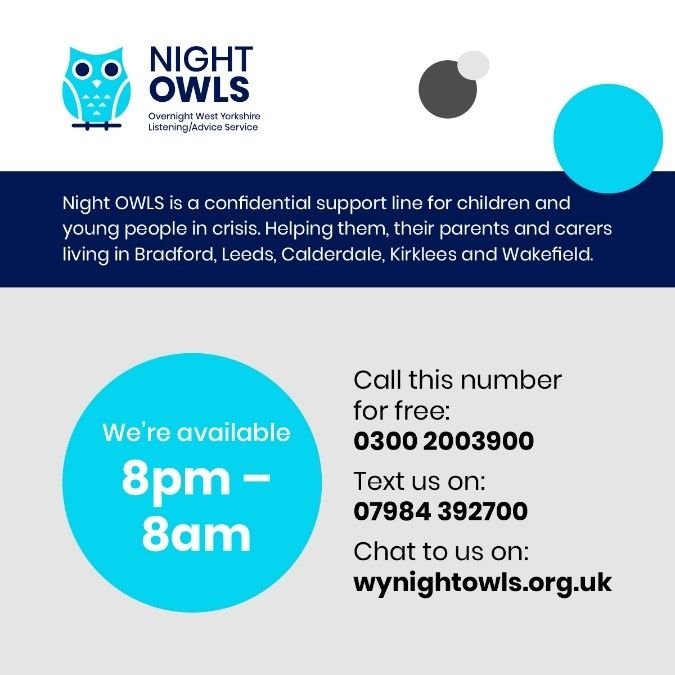
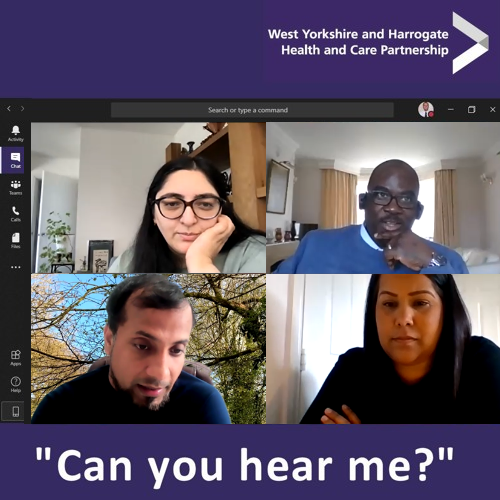
 A shared maternity electronic patient record system went live in Calderdale and Huddersfield NHS Foundation Trust this week. The record, centred around the mother, will enable all trusts involved within the West Yorkshire and Harrogate local maternity system to share specific documents relating to care during a woman's maternity journey.
A shared maternity electronic patient record system went live in Calderdale and Huddersfield NHS Foundation Trust this week. The record, centred around the mother, will enable all trusts involved within the West Yorkshire and Harrogate local maternity system to share specific documents relating to care during a woman's maternity journey. The Clinical Forum met virtually on Tuesday. The meeting was chaired by
The Clinical Forum met virtually on Tuesday. The meeting was chaired by 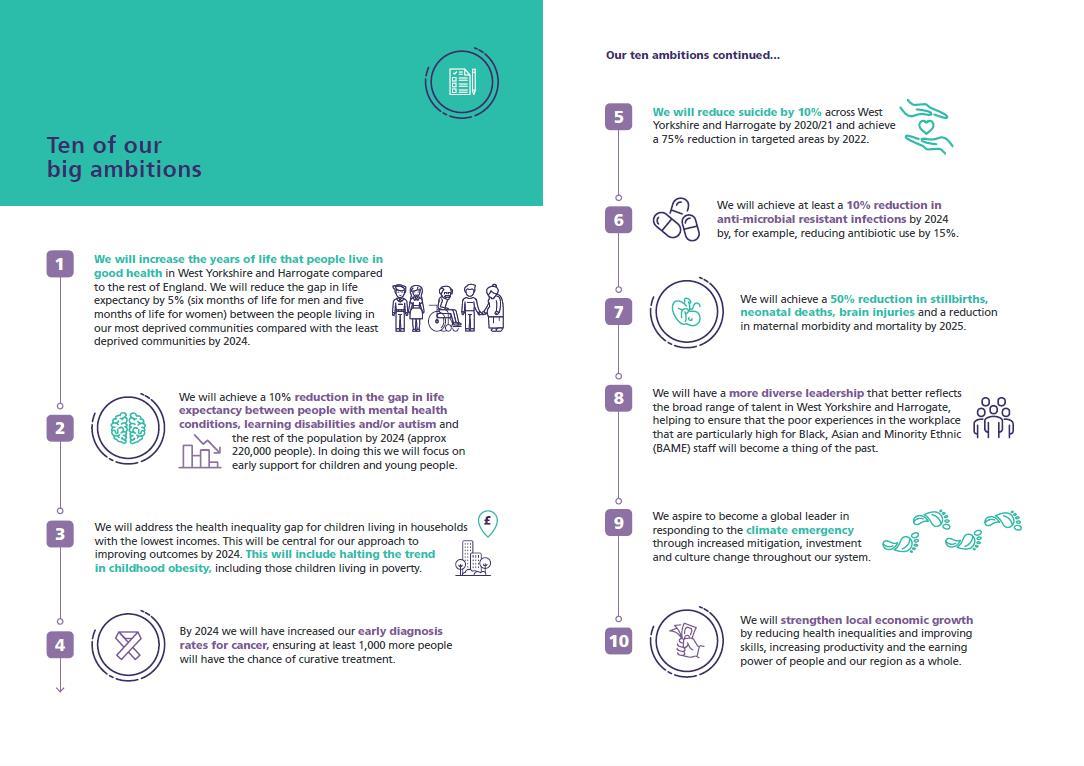
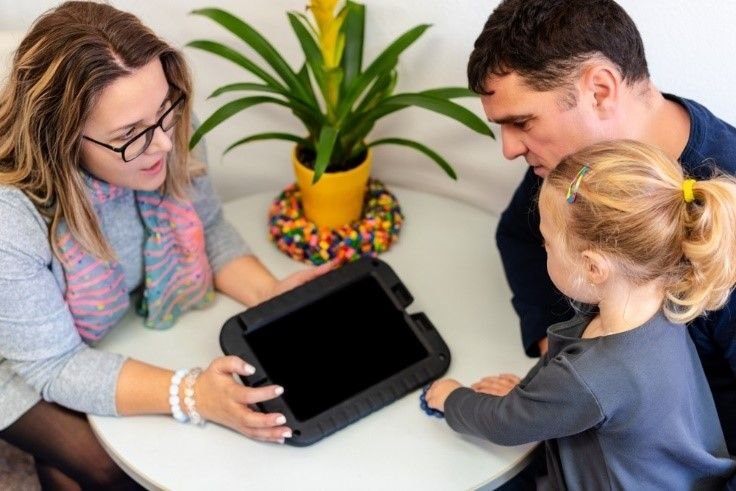 We are continuing our series of short snippets that look at projects and programmes led by Yorkshire & Humber Academic Health Science Network (AHSN) that have had a positive impact on patient care over the last 12 months. ADHD is a disorder affecting brain development that impacts on the behaviour of around 5% (1 in 20) of school aged children. ADHD is a treatable disorder but if left undetected and untreated, it can have a significant impact on personal development, academic outcomes, and family interaction.
We are continuing our series of short snippets that look at projects and programmes led by Yorkshire & Humber Academic Health Science Network (AHSN) that have had a positive impact on patient care over the last 12 months. ADHD is a disorder affecting brain development that impacts on the behaviour of around 5% (1 in 20) of school aged children. ADHD is a treatable disorder but if left undetected and untreated, it can have a significant impact on personal development, academic outcomes, and family interaction.